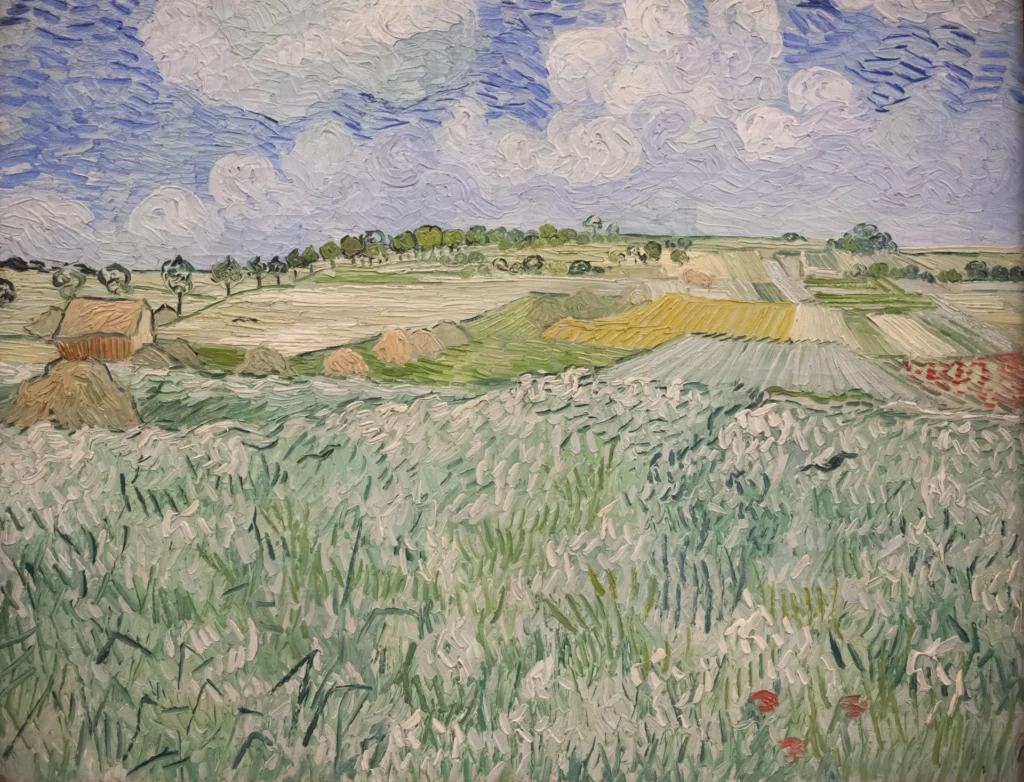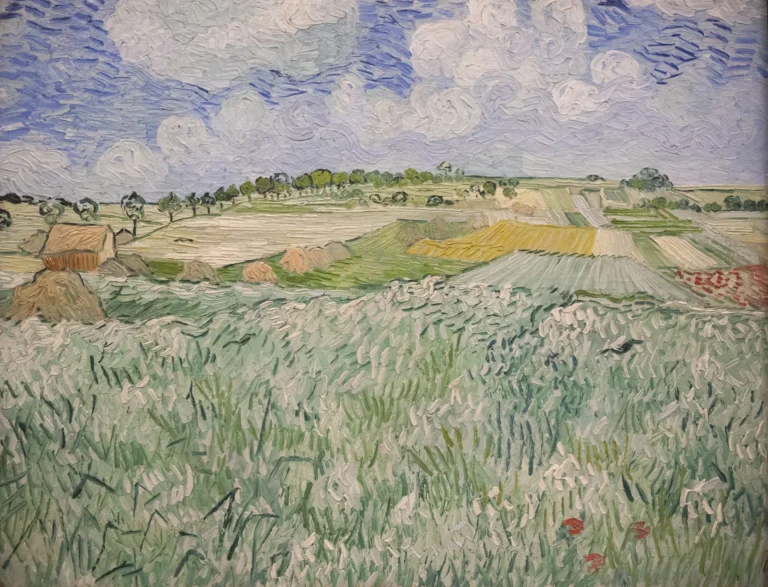Plain Near Auvers
Plain Near Auvers is a striking oil on canvas painting by Vincent van Gogh, completed in 1890 while he was in Auvers-sur-Oise. This work exemplifies Van Gogh's masterful use of color and vigorous brushwork, vividly portraying the local landscape. The dynamic expression within the scene is a reflection of both his artistic genius and personal struggles, capturing the essence of nature with remarkable emotional resonance.
Year 1890
About the Artwork
The story behind Plain Near Auvers is deeply intertwined with Van Gogh's tumultuous life. In the spring of 1890, he moved to Auvers-sur-Oise seeking treatment for his mental health under Dr. Paul Gachet. During this time, he painted prolifically, producing approximately 70 works in just 70 days. This era was marked by both incredible artistic output and profound inner turmoil, culminating in his tragic suicide later that year. Plain Near Auvers is representative of the emotional depth and raw energy that characterized his final works, serving as a poignant testament to his struggle and artistry.










